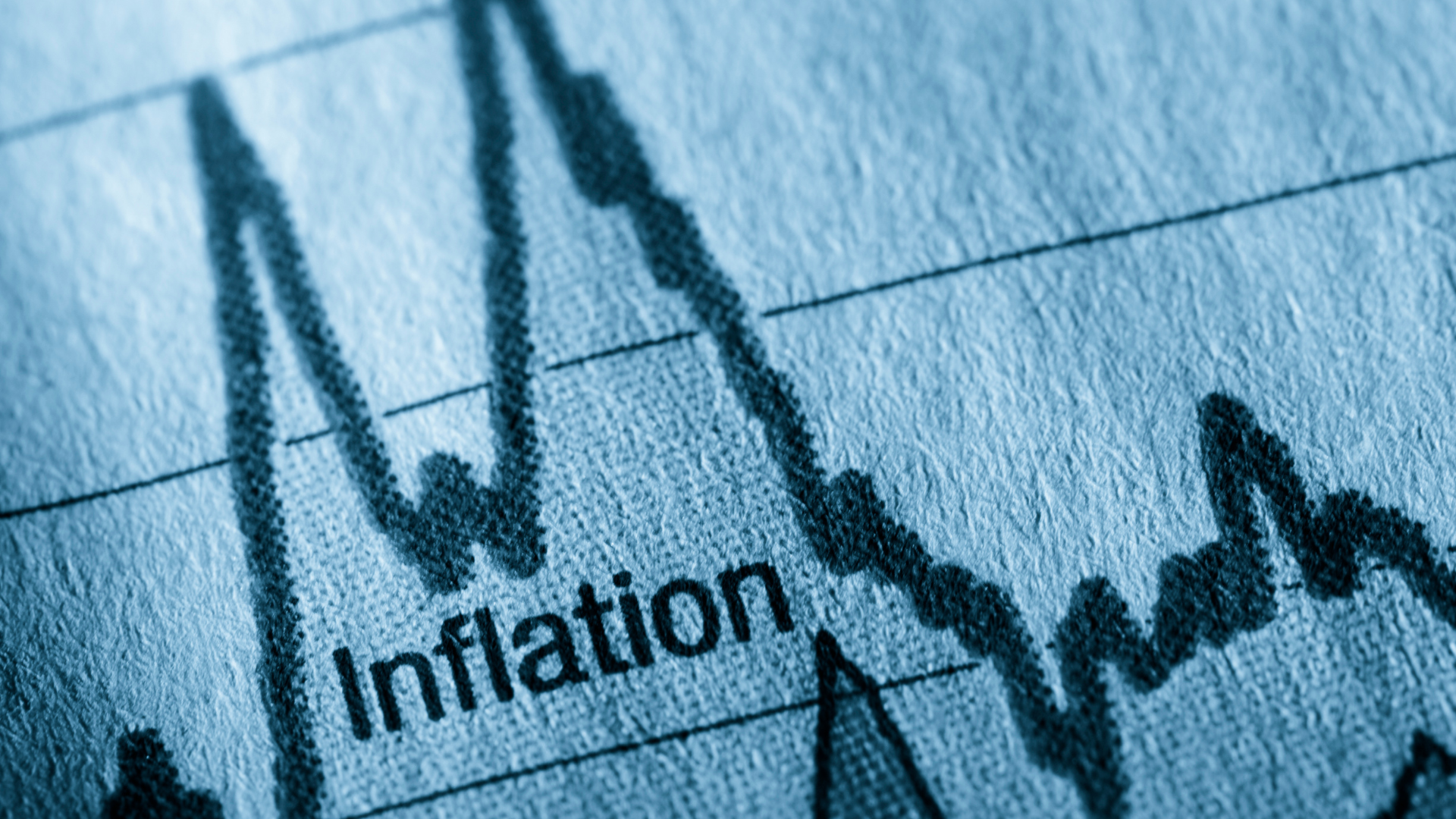Australia’s consumer price inflation for February has shown a slight easing, with the annual rate of increase now standing at 2.4%. This figure comes in below the market expectation of 2.5%, offering a modest sign of relief for policymakers and consumers alike. Despite the decline, inflation remains within the Reserve Bank of Australia’s target band, yet it underscores ongoing concerns about price pressures.
The slight drop in the inflation rate signals that price increases may be stabilizing after a prolonged period of elevated levels. The annual inflation rate has been on a downward trend in recent months, suggesting that economic cooling may be taking effect. While inflation has cooled, it remains at a level that is higher than many central banks prefer, raising questions about the pace of future monetary policy adjustments.
February’s CPI data reveals a mixed picture across sectors. Housing costs, particularly rent and construction, continue to rise at a substantial pace, while some other areas like transportation saw slower price growth. Food prices, which have been a significant contributor to inflation in the past, showed signs of moderation, suggesting that supply chain pressures may be easing somewhat.
The slower-than-expected inflation could influence the Reserve Bank of Australia’s next steps. With inflation now at a more manageable level, market observers are speculating that the RBA may hold off on further rate hikes in the near future, which would provide some relief to borrowers. However, the RBA is also cautious, as inflation remains above its long-term target of 2-3%.
Despite the improvement in February’s CPI, concerns linger about the broader economic environment. The global economic slowdown and ongoing supply chain disruptions remain significant risks to sustained price stability. Furthermore, with wages growth still lagging, Australians may face continued challenges in managing household budgets, even with the easing of inflation.
As inflation moderates, the Australian economy is navigating a delicate balancing act. The February data is a positive development, but it remains to be seen whether this trend will continue. The Reserve Bank of Australia will likely remain vigilant in managing inflation, weighing the risks of both under- and over-tightening monetary policy in the coming months.
















